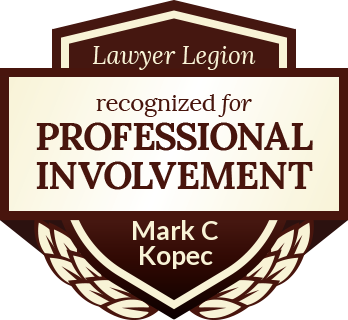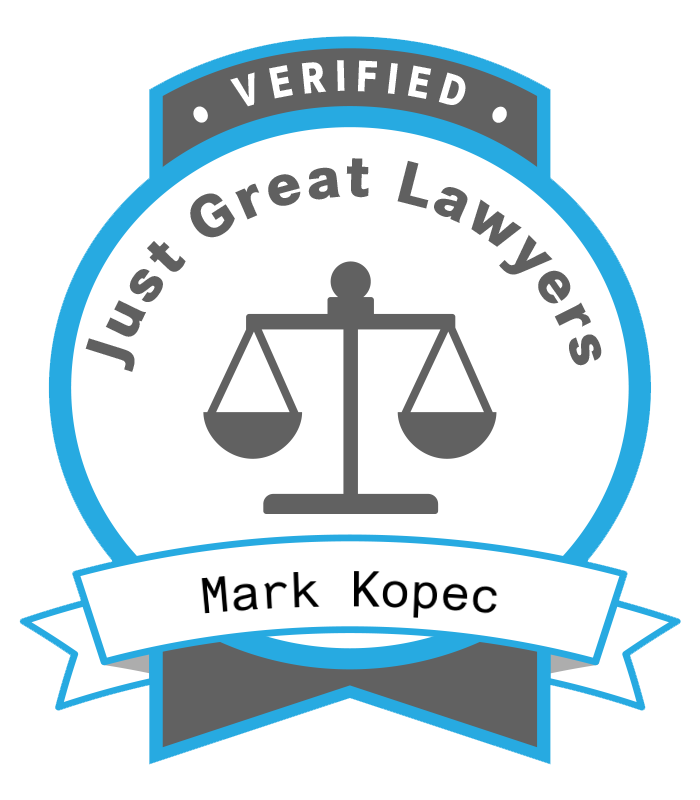Parent Negligence: Harbor Hosp. v. J.B. 2
The Baltimore Medical Malpractice Lawyer Blog discusses Maryland appellate opinions in medical malpractice cases. Part 1 of this post examined the Appellate Court of Maryland’s holding that the plaintiff’s expert witness properly used inference in his opinions. In Part 2, I discuss the court’s pivotal decision to reverse the birth injury judgment based on the exclusion of the parent’s negligence under Maryland Courts & Judicial Proceedings 10-910. In this case, the October 2, 2025, the unreported opinion in Harbor Hosp. v. J.B., No. 1461, carries significant legal implications.
Factual Background on Parent Negligence & Birth Injury
The mother’s pregnancy was high-risk because it involved twins. Medical records indicated that the mother smoked cigarettes and marijuana during the prenatal period. (Op. at 2-3).
The mother went to the other hospital due to preterm labor. The baby was diagnosed with IUGR. The mother then left against medical advice at 32 weeks. (Id. at 3). However, the other hospital had wanted to continue monitoring.
Oxygen Deprivation
Three weeks later, the mother went to the defendant hospital and gave birth. (Id. at 5). The doctor noted an oxygen saturation level of 95-96%, but the baby was experiencing some difficulty breathing. At 5 a.m., the oxygen level then dropped to 88-90%. The nurse placed oxygen near the baby’s nose. After the removal, the level dipped again. The nurse then switched to nasal cannula oxygen, and the level rose to 100%. (Id. at 6).
At 5:30 a.m., nurses inserted an IV line. However, there was no mention of breathing problems. (Id. at 7). A nurse recorded that at 5:40 a.m., the baby experienced an apneic episode, with dusky coloring and oxygen saturation in the 40s. Nurses started bag and mask ventilation, and the level rose to the 90s. The doctor then intubated the baby and put him on a ventilator. (Id. at 7).
At 2 p.m., the baby also experienced seizures. Testing showed a brain injury (bilateral diffuse anoxic ischemic injury). (Id.). The child now has cerebral palsy. (Id. at 8). Consequently, the child’s mother brought a claim for medical malpractice and birth injury against the hospital in the Circuit Court for Baltimore City. (Id. at 1).
The plaintiff’s expert testified that the baby likely experienced a hypoxic insult of at least 4-5 minutes that likely led to his being bradycardic (slow heartbeat) and resulted in the injury. (Id. at 9-10).
The circuit court excluded evidence of the mother’s prenatal conduct of leaving AMA and smoking under CJP 10-910. (Id. at 14-18).
The jury issued a verdict in excess of $34 million in favor of the plaintiffs. The hospital then appealed. (Id. at 1).
Appellate Court of Maryland on Parent Negligence & Birth Injury
The defense contended that the circuit court erred in granting the plaintiffs’ motion to exclude evidence of the mother’s prenatal conduct under CJP 10-910. The hospital had experts ready to testify that the mother’s conduct, including leaving the first hospital against medical advice and smoking, could have ‘plausibly’ contributed to the child’s injury. The hospital argued that the court’s decision deprived it of a fair trial, specifically that it couldn’t present its complete causation defense. (Id. at 53).

The plaintiffs responded that the court properly excluded the conduct under CJP 10-910. In addition, the hospital experts’ opinions on “plausible” cause failed to meet the standard for establishing the cause of injury. (Id. at 53).
CJP 10-910 provides:
In an action on behalf of an infant to recover for death, personal injury, or property damage, the negligence of the parent or custodian of the infant may not be imputed to the infant. (Id. at 55).
Case law has created an exception to this rule. It is where the parent’s negligence was “extraordinary and rare” to constitute an independent and superseding cause of the injury. (Id. at 56-61).
Analysis
The circuit court concluded that the mother’s leaving AMA and smoking were not extraordinary and rare. The Appellate Court disagreed. (Id. at 61). The hospital could not use the evidence to impute the parent’s negligence to bar the child’s recovery based on contributory negligence. However, the parent’s negligence can bar the child’s recovery if it is an intervening and superseding cause of the child’s injury. (Id. at 62).
Even though the cases have limited the exceptions to intervening and superseding causes, the Appellate Court decided that the exceptions are broader in scope. (Id. at 62-67).
The Appellate Court then held that the hospital’s entitlement to introduce evidence of another cause was permissible under CJP 10-910, even though the reason was the parent’s conduct. (Id. at 67-68).
The Appellate Court limited its ruling to CJP 10-910. It also noted that the plaintiff had argued that the hospital’s evidence failed to meet the evidentiary threshold for determining proximate cause. The Appellate Court stated that the circuit court continues to be the gatekeeper, and prenatal conduct is not necessarily admissible; the circuit court can address the other evidentiary argument on remand. (Id. at 74-75).
Commentary by Baltimore Medical Malpractice Lawyer Mark Kopec on Parent Negligence & Birth Injury
CJP 10-910
The Appellate Court should have upheld the judgment under this statute. Cases have held that defendants cannot use evidence to impute the parent’s negligence to the child, but can introduce it to establish causation. To strike this balance, the courts should exclude the parent’s conduct and consider only the consequences of that conduct. (This assumes the party properly establishes the cause according to evidentiary standards, which the section below indicates the hospital could not do). This balance is precisely what the trial court struck.
Here, if the hospital met evidentiary requirements, it could introduce what effects leaving AMA and smoking had on the baby, without specifying the conduct. It could also discuss the time period in which there was no monitoring (without the reason for the lack of monitoring). It could discuss the IUGR and the location of the umbilical cord and placenta.
The hospital’s causation theory was that a compressed umbilical cord caused the injury in a time period that involved both time before the AMA and after. (Id. at 26-27, 28).
The trial judge noted that the hospital could make its causation case without specifying the mother’s conduct: “I think you can do all of what you’re saying without mentioning the mother and what the mother did or did not do.” (Id. at 24).
Alternative Grounds Support Affirmance
Unfair Prejudice
The plaintiffs advanced two other arguments in support of exclusion of the parent’s prenatal conduct: 1) Even if it was relevant, the probative value of such evidence was outweighed by the risk of unfair prejudice to the plaintiff; and 2) no defense expert could testify that the prenatal conduct caused injury to a reasonable degree of medical certainty. (Id. at 14-15).
Both of these arguments were meritorious. There is a high risk that a jury would improperly impute the parent’s negligent conduct to the baby, and not limit the use of the information to the issue of causation. To protect against this, striking the balance discussed above would protect the baby from the misuse of evidence while allowing the hospital to present its causation theory fully.
Failure to Meet Evidentiary Standards
All of the defense experts who discussed the effects of the parent’s prenatal conduct said that the conduct “could have” contributed to the injury. (Id. at 16-17). Accordingly, this testimony fails to meet the evidentiary standard that an expert must give an opinion on causation to a reasonable degree of probability. You can read a Blog post on the case discussing this requirement at American v. Reiss 1.
The issue with these alternative grounds for affirmance is that the trial judge did not decide them. A trial judge has to sort through many matters at once. The importance of addressing alternative arguments on an issue may not be immediately apparent. Unfortunately, however, if the trial court had found these other bases for excluding the evidence, the judgment could have been affirmed without the need for remand.
As a result of the trial court’s failure to address the alternative arguments, the Appellate Court declined to address them. This conservative approach is generally good practice. It allows the reviewing court the benefit of the trial court’s decision and also full briefing by the parties.
You can also read Blog posts about other issues involving Evidence.
Mark Kopec is a top-rated Baltimore medical malpractice lawyer. Contact us at 800-604-0704 to speak directly with Attorney Kopec in a free consultation. The Kopec Law Firm is in Baltimore and helps clients throughout Maryland and Washington, D.C. Thank you for reading the Baltimore Medical Malpractice Lawyer Blog.





